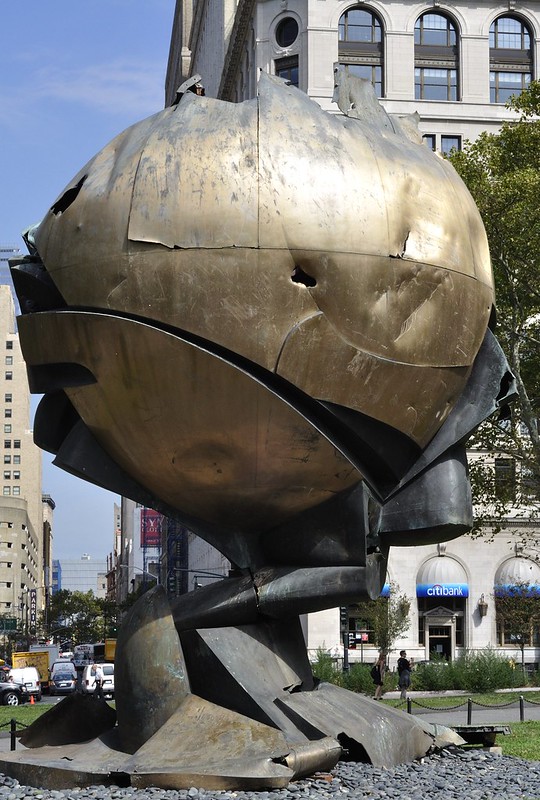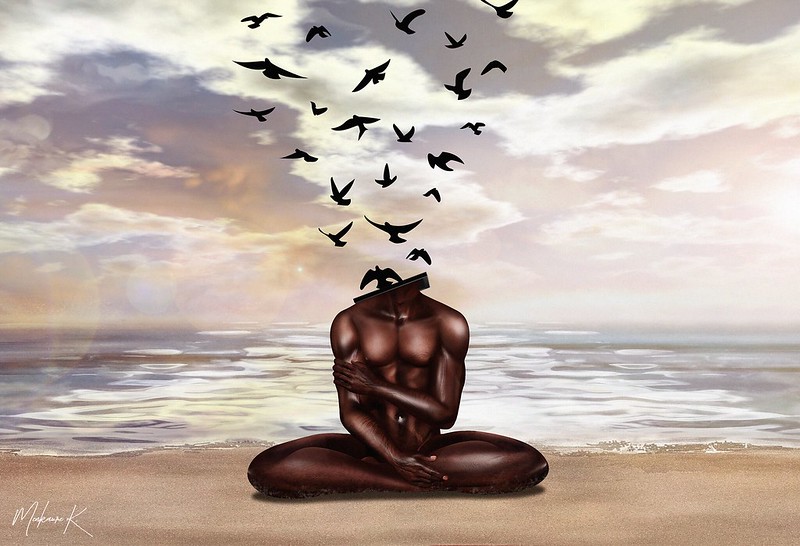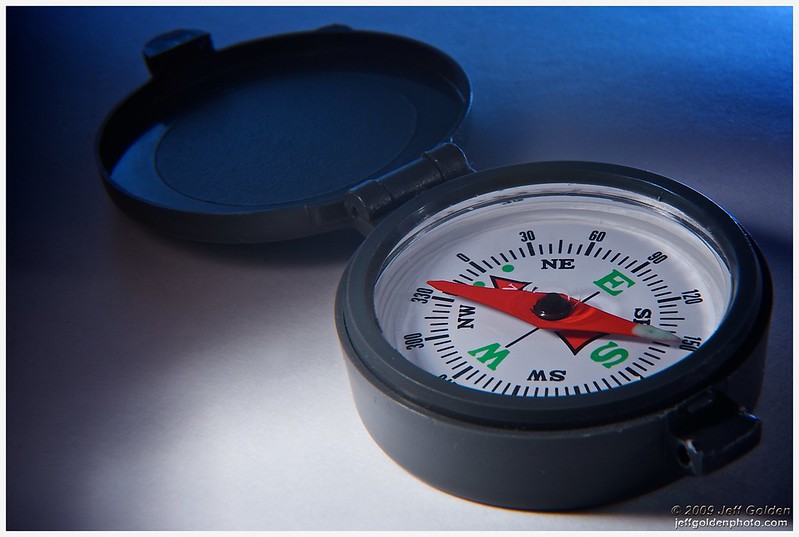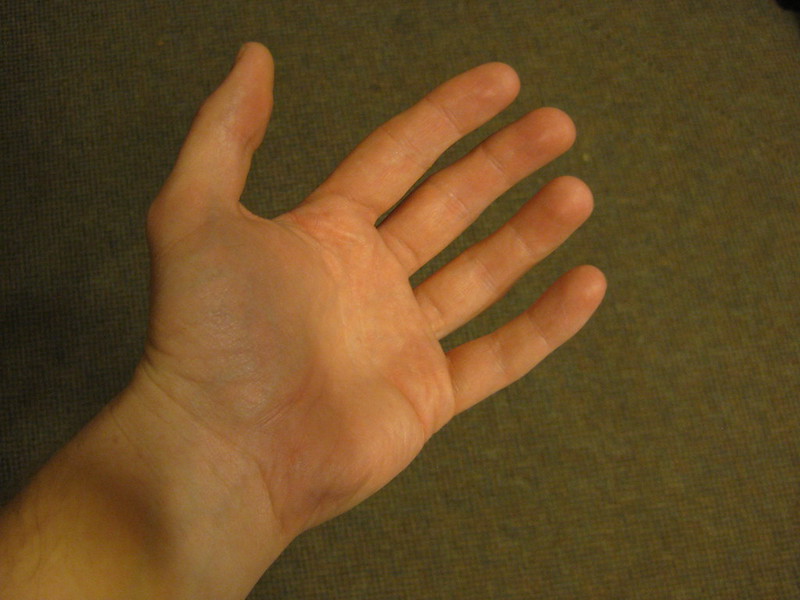
BEYOND STUFF-LOVE (Part 2): Material Mind
Probably since the beginning of time the love of stuff has ruled the world. And as long as there has been stuff-love, there probably also have been those who growl about all this rampant “stuff-ism.”
According to those grouses, making and getting and keeping and trading and maintaining and so on and so forth goes against “right” thinking and the proper order of something or other.
Stuff-ism is going to destroy the world as we know it, they say, or at least put a heavy dent in it.
Sometimes the haters are those who feel they themselves have “not too-much-of- nothing” and resent the heck out of other people’s more prodigious stuff-piling.
Sometimes the growlers have so much stuff available to them that the dizzying array of choices makes them weary.
Sometimes they just want to stop the whole stuff-love game before we drown in all that stuff and really screw things up.
Whatever their motivations and feelings and intentions, the grumblers are mostly right.
The world as we know it does get dented. It morphs and it changes over and over again as we wrestle with each other, reaching out and grabbing onto the biggest, best and “mostest” stuff-pile.


We sometimes call the piles we accumulate our “lifestyle” and our “history” or “tradition.” Our stuff-pile tells our story for us.
Often our stuff-pile is what we use to measure and compare ourselves with each other.

Stuff-love (and stuff-hate) is such an integral part of being human that there is an enormous body of work by the various and sundry smarty-pants and marketing mavens of the world who keep trying to figure out what makes us humans do what we do.
None of this is particularly surprising to us regular folks. We know. We like stuff and we spend a lot of time trying to deal with it all.

THE INTERCONNECTEDNESS OF MATTER AND MIND
It has been said through the ages that mind and matter are the two basic building blocks of the world through which we humans walk. It could be argued (and has been, ad nauseum) that matter and mind together make up the All of Everything.
Humanity, some say, is the interface between the nebulousness of dreams and delusions and the groundedness of…well…the physical.

Using the latter, we turn the analog, outer-world things into thoughts and feelings and meanings and purposes. We use these inner-world virtual mind-constructs to make stories and poetry, music and dance, art and science, and politics and religion and all the other complex human systems we follow to do the Make-It-So dance we do.
We have names for these deconstruction and reconstruction games we play in the world: creativity, innovation, invention, discovery, and so on.
Whether we are making things or sussing out how we feel and think about them, we are also making all sorts of connections between matter and mind.
Many of the Brainy Bunch have told us that, actually, this is probably the function of humans in this world – seeing the connections and interactions and flow between matter and mind and using them to make new meanings that we can then play with to make the changes that we want to see in the world.

The wise guys who delve into the workings of our minds keep telling us that all together we humans make the world. They also tell us it would be a good thing for us to think on what it is we are making.

BRINGING IT DOWN TO REAL
All the foregoing blather leads us to a little gem of a book by British travel writer and entrepreneur Dan Kieran, who happens to also be a co-founder (with John Mitchinson and Justin Pollard) as well as the CEO of one of the earliest crowd-funding publishing companies, Unbound.
Unbound is an online publishing platform that brings wanna-be authors before their potential readers and allows the writers to ask for the help they need to make their dream-books real. It was launched in 2011.
Five years later Kieran faced his greatest challenge so far as an entrepreneur – taking his company to the next level, which was exponentially more than it had ever been so far – and he was going through some angst and confusion. Could he do it?

This is how Kieran describes the problem he was facing:
My problem was what I believed I was capable of at the edges of my ability and personality. The life I lived had created me. I had defined my own perception of my potential reality. William Blake puts it much better than me. He called it your ‘mind forg’d manacles’. My problems were the barriers I had put up inside me.
In order to do his job running his business successfully, Kieran had turned his writerly focus and attention toward making the business run effectively and well.
This left little time for working on envisioning the direction in which he wanted the business to go and what he could do to navigate toward a more meaningful alignment between his growing business and his own sense of self.

[You can find out more about the Do Lectures by clicking on the button below.]
At the Do Lectures conference, Kieran met wooden surfboard shaper and builder James Otter who is based in Truro in Cornwall, England. Otto was also a speaker at the conference.
Otter is an interesting guy. Not only does he make wooden surfboards of international repute, he also runs week-long workshops where you can build your dream surfboard your own self using his space and his equipment and tapping into his knowledge and that of his master makers.
Otter invited Kieran to try his hand at building a board because Kieran so appreciated the finished work the surfboard maker had displayed at the conference.
At the time, Kieran dismissed the notion. He had never surfed in his life and he really did not see himself as handy. In fact, Kieran felt he was the epitome of inept.
Nonetheless, a year after their meeting, when Kieran was feeling doubtful about his ability to take his company to the next level, he remembered Otter’s invitation.
The upshot of that was this, according to Kieran:
I went to Cornwall. I built the board. It moved me profoundly. By the end I felt I had re-made myself. That winter I went on to successfully raise the money.
And then, in good writerly fashion, he wrote his book, THE SURFBOARD.
The following YouTube video tells the story about building the board and Kiernan’s thoughts about it. It was published in 2017 by Unbound.
The 27,000-word book itself lays out the way Kieran worked through his Maker journey.
What makes the book most intriguing, however, are the transparently honest reflections, thoughts and insights about the obstacles and rewards of starting and running his successful business that he gained during his week as a surfboard builder and in his conversations with James Otter as they worked on the thing together.
At the end of the week, Kieran had also acquired some new perspectives and insights and learned more about how to get past his own doubts and self-imposed limitations in order to get to where he wanted to go next.
The book is a very good read.
LAST THOUGHTS
It occurred to me as I went through this exploration that very often in order to Make something with your hands, you do need to dive wholeheartedly into your Right Brain, the part that is not logical or linear or even particularly verbal.


At the end of your process, if you haven’t screwed up too badly, there is an object that, perhaps, approximates what you’ve envisioned.

I have been noticing that a lot of stuff that comes to have great meaning in our lives are the result of taking the time to play in that space.

Here’s a poem:
SO MANY WANTS
So many wants,
So many fears.
The if-onlys crowd in,
Squeezing through the spaces
Between all the what-ifs.
They crowd all around you,
Obscuring your view
As your little world spins
In the middle of this muchness.
Blinded and distraught,
How can you navigate?
Try look…come see:
The wonders of have,
The beauties of brave,
The miracles of now,
The sweetness of be.
By Netta Kanoho
Header photo credit: “Assemblage” by Edwin Young via Flickr [CC BY 2.0]
……
SOME OTHER POSTS TO CONSIDER:
(Click on each of the post titles below and see where it takes you…)
……
Thanks for your visit. I’d appreciate it if you would drop a note or comment below and tell me your thoughts.
12 thoughts on “BEYOND STUFF-LOVE (Part 2): Material Mind”
I love the new words and phrases you’ve made up – like “stuff-love” and “stuffism”. Going to try to remember those!
I have a love-hate relationship with stuff for sure (stuff-love-hate). I go through periods of drastic minimalism and then it all seems to build back up. I’m learning. And I definitely focus on time and experiences with people WAY more than stuff and try so hard to teach my kids the same.
Hey Katie, thanks for your visit and for sharing your thoughts. I am glad the post resonated with you.
Please do come again.
Hi Netta,
My gosh I certainly was impressed by the photos/images. The ability to translate our mind constructs into real world…Stuff love and stuff hate is such an integral… There are so many great quotes here, we spend time and effort scheming…
Dan Kieran sounds like a great writer, and so are you. Finally your poem at the end was so real and deep. Thank you.
All the best,
Michael
Michael, thanks for your visit and for sharing your thoughts. I am basking in the warmth of your encouraging words. Thank you.
And please do come again. (You are so good for my ego! Hee!)
As a self-published author, I had never heard of Unbound until reading this post. I’ll definitely be looking into it for future publications that I have in the works.
I really resonate with the Kieran quote in your article as I find myself in a position where I’m being asked to level up, but that requires shedding some old and worn-out perceptions about how my potential reality can and will unfold. Thanks for the reminder that I need to continue to embrace my own Maker journey!
Tucker, thanks for the visit and for sharing your thoughts. I’m glad you found the post helpful.
Please do come again.
This website talks about Love, Stuff and material-mind. It talks about people who have so much stuff and what are they to do with all that stuff but keep gathering it up. What have they accomplished?
We spend time and effort scheming to get more or less or better or different stuff. We develop clever and convoluted ways to protect our stuff-pile.
Dorothy, thanks for the visit and for sharing your thoughts. I’m glad you found the post interesting.
Please do come again.
Hello,
This is a very deep piece that has given me a lot of food for thought.
It is very accurate that you need to focus on the present moment – the miracles of now, as you so eloquently put it – in order to flow through the processes of life. It’s far too easy to get trapped in the past or caught up in the future.
Thanks for sharing your words with us all!
Victoria, thanks for the visit and for sharing your thoughts. I’m glad the post resonated with you.
Please do come again.
Your article delves into the age-old fascination and obsession with “stuff” that has captivated humanity for generations. It’s a topic that resonates with many, and you’ve touched upon the various aspects of our relationship with material possessions, from the desire to accumulate and protect our stuff to the ways we measure ourselves and others through our belongings.
Your reference to Dan Kieran’s experience of building a surfboard as a transformative journey is inspiring. It reminds us that engaging in the act of creation, whether it’s making something tangible or conceptualizing a vision, can have a profound impact on our self-perception and our ability to overcome self-imposed limitations.
As I read your article, I couldn’t help but wonder how our relationship with stuff might evolve in the future, especially in the context of a world that is becoming increasingly aware of the environmental impact of consumerism.
Are there ways we can strike a balance between our natural inclination to acquire and the need to be more mindful of our consumption?
Thanks for your visit and for sharing your thoughts. Your questions have intrigued me my whole life and, as the poet Rilke once advised, I keep trying to live those questions. Perhaps, if you do that, you’ll come up with your own answers.
Please do come again.